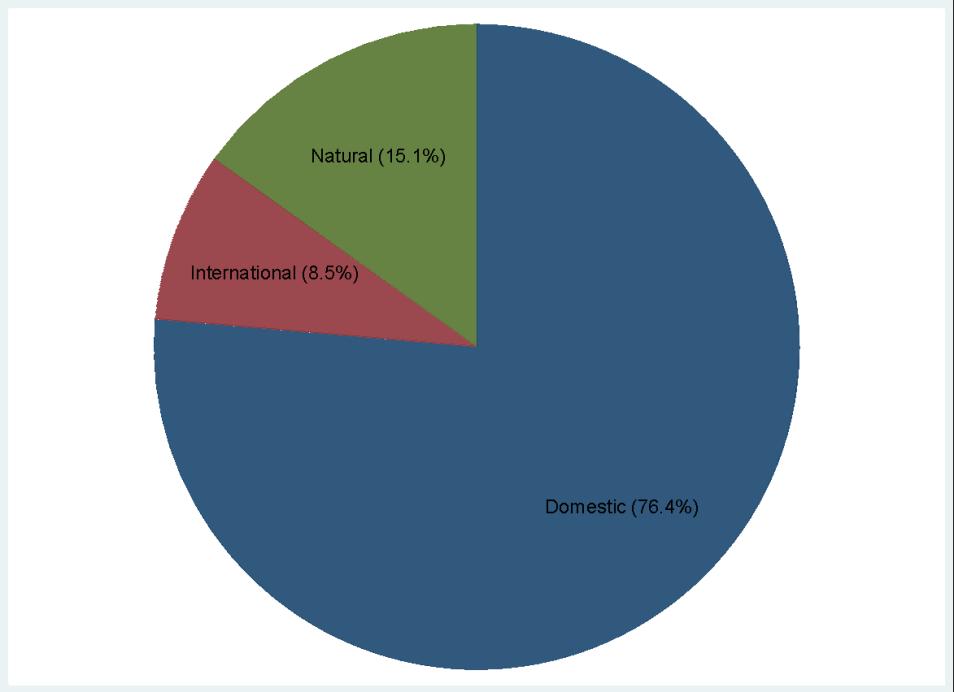
1 minute read
A. Data Sources
The Census Bureau conducts the ACS on an annual basis. They then publish various statistics using the data they have collected during one of three different periods. The “one-year” estimates are based solely on data collected within a single calendar year. The 2021 one-year estimates are based solely on data collected by the Census Bureau between Jan. 1, 2021, and Dec. 31, 2021. The Census Bureau did not publish the 2020 ACS “vintage” due to COVID-19. They also publish “three-year” estimates and “five-year” estimates. These estimates are based on data collected over 36- and 60-month periods, respectively.
In selecting between these three data sets, there are tradeoffs. The five-year estimates are based on the largest sample such that they are the least affected by random variation and have the smallest “standard error” of the estimates. For many projects, these would be the most appropriate to use. The drawback to the five-year estimates, however, is that they mix data across years. The one-year estimates are based on a smaller sample and are subject to more random variation, but they have the advantage of being comprised solely of data from a given year.5 Since the primary goal of this study is to examine the evolution of the Charlotte housing environment over time, we have elected to use the ACS one-year estimates in the analysis unless otherwise noted. This report also provides analysis at the Charlotte MSA level. Because the definition of the Charlotte MSA changed in 2013, we chose 2014 as our starting year in most of our analysis.
Figure II.1 Charlotte MSA Population and Population Growth 2001-2021
5 The one-year and five-year estimates are both statistically unbiased estimates, meaning that on average they will yield the same result. The smaller sample size of the one-year estimates just means they are more likely to be affected by random variation than the five-year estimates. The State of Housing in Charlotte Report 2022
Figure II.2 Charlotte MSA Source of Population Growth 2020 to 2021

The State of Housing in Charlotte Report 2022









